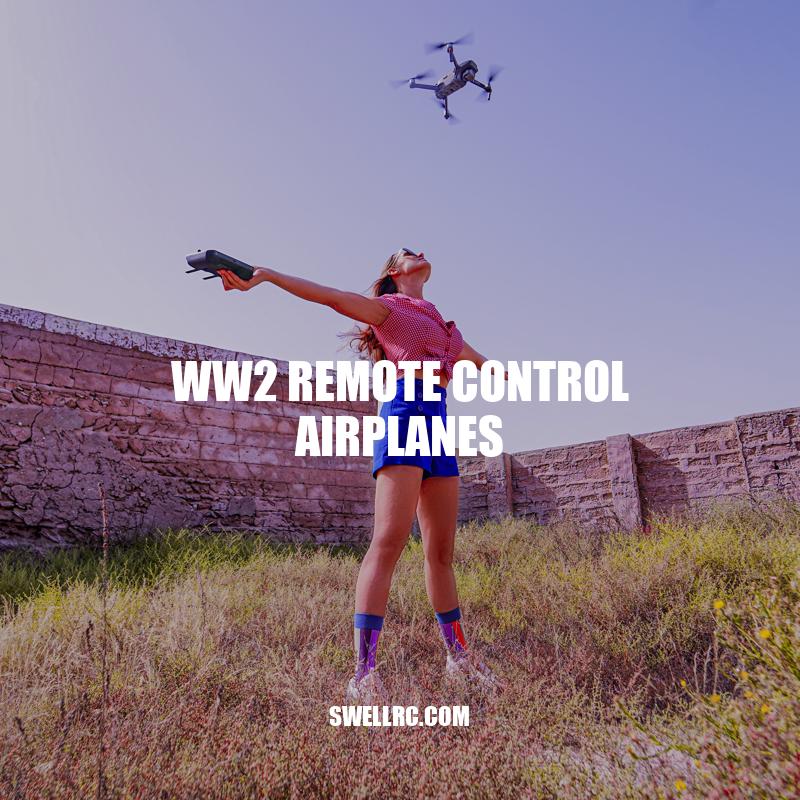WW2 Remote Control Airplanes: Types, Design, Military Applications & Legacy
World War Two (WW2) saw the evolution of remote control airplanes, which played a significant role in military operations. These airplanes were designed and built for various purposes, including surveillance, reconnaissance, and combat. They were controlled using technology such as radios and sensors, which allowed operators to fly them from a distance. In this article, we’ll explore the different types of WW2 remote control airplanes, their design and technology, and their military uses and impact. We’ll also discuss the legacy of these airplanes on modern military technology and the controversies and ethical concerns surrounding their use in warfare.
There are different types of WW2 remote control airplanes
- There are different types of WW2 remote control airplanes, each with unique features and capabilities.
- Drones were used primarily for surveillance and target practice and were equipped with cameras to take pictures of enemy installations.
- Reconnaissance planes were designed to gather intelligence on enemy movements and terrain and were equipped with a variety of sensors.
- Target drones were used for training anti-aircraft gunners and were designed to simulate enemy planes with realistic flight patterns.
- Some popular models of WW2 remote control airplanes include the German V-1 rocket, the American B-17 Flying Fortress drone, and the British de Havilland Queen Bee.
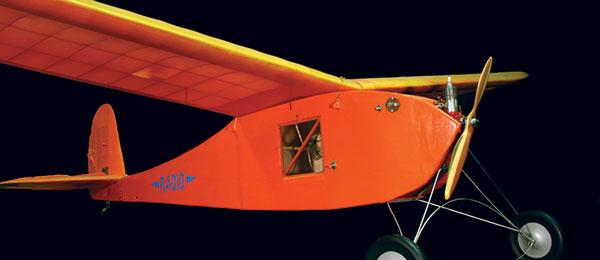
What were the different purposes of WW2 remote control airplanes?
The different purposes of WW2 remote control airplanes included surveillance, reconnaissance, target towing, and aerial combat training.
Advanced Technology and Limited Range: WW2 Remote Control Airplanes
- WW2 remote control airplanes were designed and built using advanced technology for their time.
- Radio control was the primary method used to operate remote control airplanes during the war.
- The control box used to operate these airplanes had a limited range and could only control one airplane at a time.
- Infrared guidance systems were also developed to guide bombs dropped from remote control planes to their targets.
| Type of Remote Control | Range | Year Developed |
|---|---|---|
| Radio Control | 1 mile | 1930s |
| Infra-red Guidance | 1,000 feet | 1942 |
| Radar Control | Not applicable – operated in line of sight | 1940s |
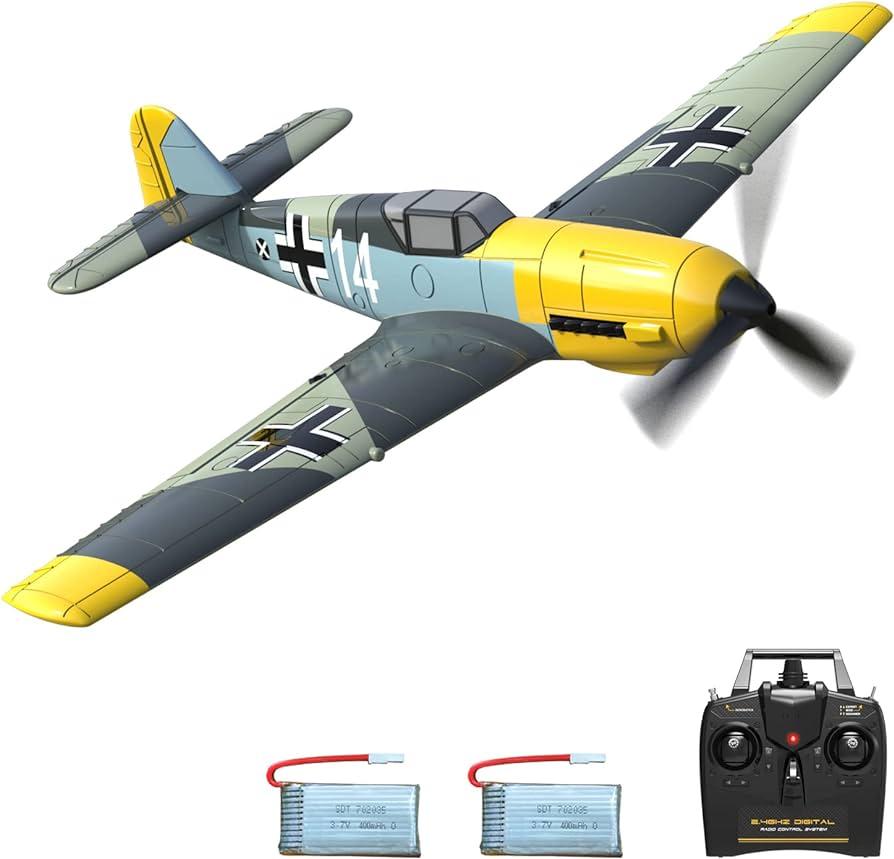
What range did the infrared guidance system for remote control airplanes have?
The range of the infrared guidance system for remote control airplanes varies, but it is typically in the range of 30-50 feet.
Crucial Military Role
- WW2 remote control airplanes played a crucial military role, particularly in gathering intelligence for the Allies.
- The US used remote control airplanes fitted with cameras to gather intelligence on Japanese military installations in the Pacific.
- Japanese remote control airplanes were used to gather intelligence on US naval fleets in the Pacific and to launch kamikaze attacks.
- German remote control airplanes were used in Operation Aphrodite to attack German V2 rocket launch sites.
- While remote control airplanes had their successes, they also faced many challenges such as interference from enemy signals and technical failures.
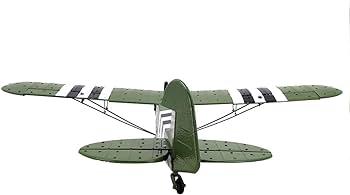
What challenges did remote control airplanes face during WW2?
Remote control airplanes faced several challenges during WW2, such as limited range and reliability of radio transmitters, difficulty in controlling the planes in adverse weather conditions, and vulnerability to interference from enemy signals.
Legacy of WW2 Remote Control Airplanes in Modern Military Technology
- Today, the legacy of WW2 remote control airplanes can be seen in the development of modern military drones and UAVs.
- Military drones are now essential for intelligence gathering, surveillance, and targeted strikes against enemy targets.
- The use of drones in modern warfare has faced criticism for civilian casualties and ethical concerns surrounding their use
- Many companies now provide drone technology for both military and civilian use, including photography and surveying.
- There are also many enthusiasts and hobbyists who build and fly remote control airplanes for recreational purposes.
The legacy of WW2 remote control airplanes has paved the way for the development of modern military drones and UAVs, which are now an essential component of intelligence gathering, surveillance, and targeted strikes against enemy targets. While drones have proven to be effective in combat, they have also faced criticism for causing civilian casualties and raising ethical concerns.
Thankfully, many companies now provide drone technology for both military and civilian use. This includes technologies for photography, surveying, and more. One such company is DJI, which produces a range of drones for commercial and personal use. Additionally, there are many enthusiasts and hobbyists who still build and fly remote control airplanes for recreational purposes.
Despite the ethical dilemmas surrounding their use, drone technology remains a critical component of modern warfare, and will continue to be shaped by the legacy of WW2 remote control airplanes.
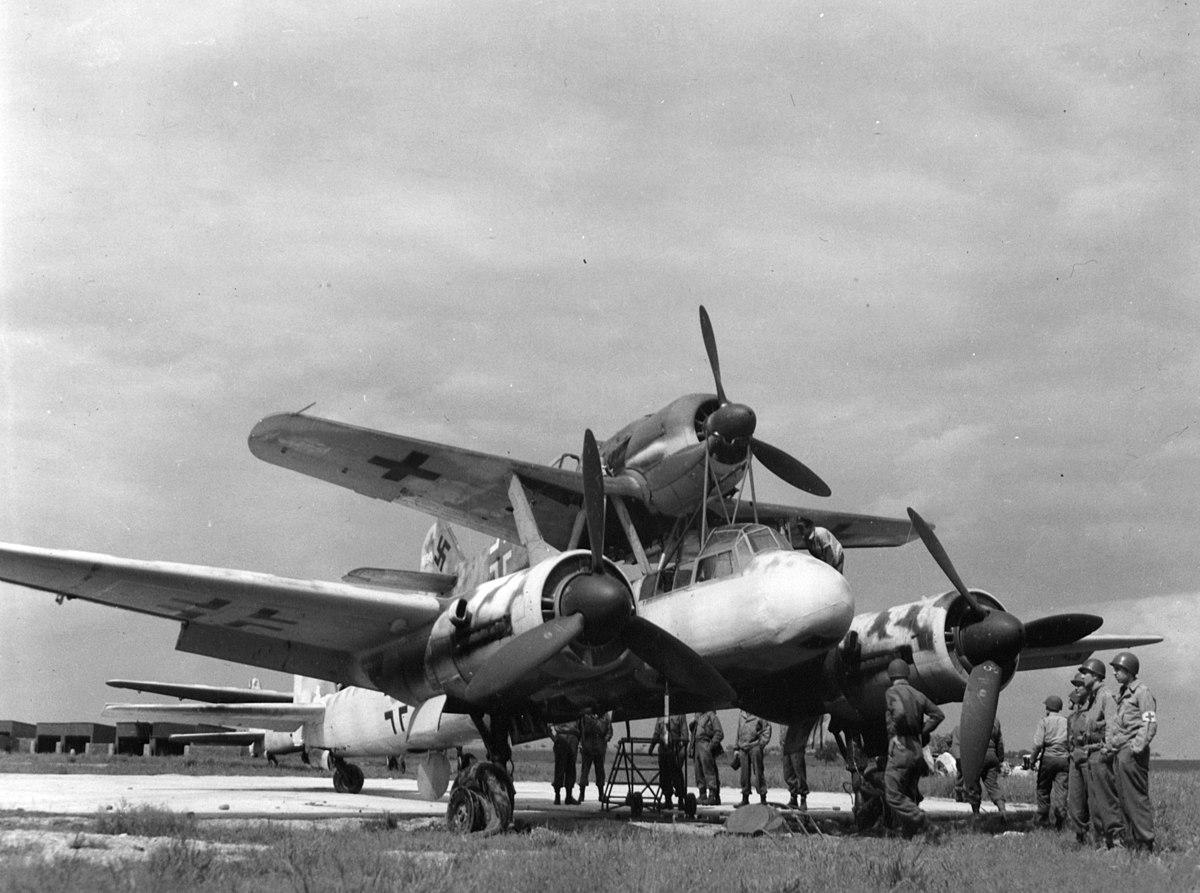
What are some of the ethical concerns surrounding the use of drones in modern warfare?
Some of the ethical concerns surrounding the use of drones in modern warfare include civilian casualties, lack of accountability, violation of sovereignty, and psychological impact on operators.
The history of WW2 remote control airplanes highlights the importance of technological innovation in warfare. These airplanes were groundbreaking for their time, allowing for new frontiers in surveillance and combat that had not previously been possible. Their legacy can be seen in the modern military drones and UAVs that have become essential components of modern warfare. However, the use of drones has also raised serious ethical concerns, particularly surrounding civilian casualties and the moral responsibility of unmanned weapons. It is important to examine these concerns and the costs and benefits of modern drone technology, as well as consider the historical context of the development of remote control airplanes. By understanding the past, we can better navigate our future.
Conclusion
In conclusion, the use of WW2 remote control airplanes in warfare was pivotal in shaping the course of history. While they were not without challenges and limitations, they represented a major leap forward in the realm of military technology and laid the groundwork for the development of modern drones and UAVs. With their continued use, it is important to critically examine the costs and benefits of these technologies, and consider the complex ethical implications that come with their use. Ultimately, by drawing lessons from the past, we can make more informed decisions about the future.

